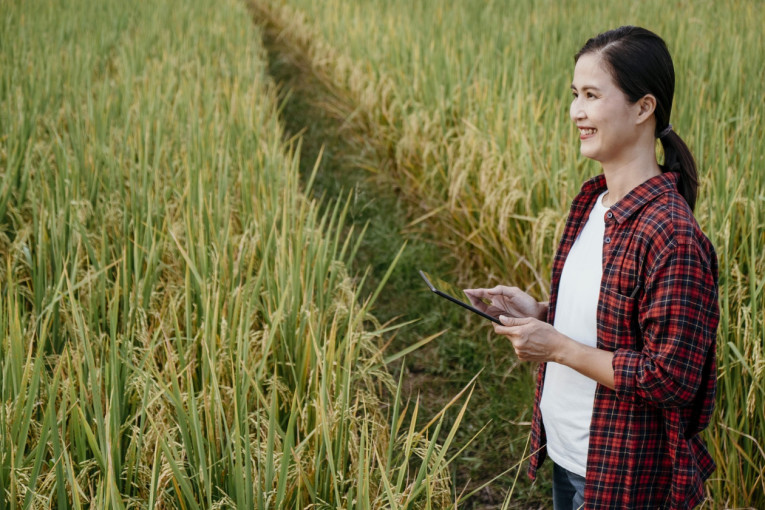
The Indonesian government recently expressed its intention to collaborate with China to develop agricultural land in Central Kalimantan.
This agreement was revealed by Coordinating Minister for Maritime Affairs and Investment, Luhut Binsar Pandjaitan, following a meeting with Chinese Foreign Minister Wang Yi during the High-Level Dialogue and Cooperation Mechanism (HDCM) RI–RRC in Labuan Bajo, East Nusa Tenggara, on Friday (Apr. 19).
As a follow-up to this agreement, agricultural cooperation is planned in Pulang Pisau Regency, where one million hectares of land have been prepared for the project.
Regarding this program, the government has promised local partner involvement, with Bulog as the off-taker responsible for absorbing the harvest from the rice planting project.
According to Dr. Bayu Dwi Apri Nugroho, theoretically, this is promising since China’s agricultural technology has proven to yield high productivity. If implemented, achieving rice self-sufficiency would no longer be a mere aspiration.
However, he notes that discussing agriculture in Indonesia involves significant complexity. He believes that no party can generalize or guarantee that the success of rice planting in China will be replicated in Indonesia.
“Success there does not necessarily mean success in Indonesia, specifically Central Kalimantan. Many factors influence the success of agricultural commodities, including environmental conditions such as climate, soil, pests, diseases, and social aspects,” he said at UGM on Monday (May 6).
As an expert and observer in agriculture, agrometeorology, environmental science, and climate change, he emphasized the importance of local wisdom in agriculture.
Local wisdom is deeply rooted. For example, in Central Java and the Special Region of Yogyakarta, a tradition called “pranata mangsa,” or the Javanese calendar, guides farmers in their farming activities.
The Pranata Mangsa calendar is orally transmitted and based on the sun’s rotation. It is local and temporal, meaning the specifics for one place do not necessarily apply to another location. Farmers typically use it to determine the start of the planting season.
“The cultivation methods also vary, not separate from local environmental conditions. For instance, in areas with high or alkaline soil pH, treatments are needed to lower the pH to create ideal or standard conditions for planting,” he said.
Moreover, even within a single area, conditions can vary from one plot to another. Some plots may be more fertile, while others are less so.
He explained that such variations are also influenced by the farmers’ cultivation methods on each plot. The question then arises: How should we approach this project plan?
Dr. Nugroho stated that refusing or limiting cooperation with other countries is almost impossible in today’s global situation. However, directly applying agriculture on a large scale without trial on a demonstration plot is also unsuitable.
He expressed concerns about potential failure if the seeds do not grow well or do not produce the expected productivity.
“After all, the environmental conditions in China and Indonesia, particularly Central Kalimantan, are indeed different,” he said.
Therefore, he suggested that the planting project should not be implemented on a large scale but should start with pilot projects and demonstration plots for initial testing.
This would determine whether the seeds from China are suitable for the local environment and can be applied in Central Kalimantan.
This is where the role of academics or research institutions becomes crucial in finding solutions. Many parties are expected to observe and test whether the seeds from China can be directly planted in Indonesia or if modifications are needed to suit the actual conditions of the land.
“If the seeds from China have been tested and proven to grow and develop well, yielding high productivity as in China, then scaling up is necessary,” he concluded.
Author: Agung Nugroho
Photo: freepik.com

